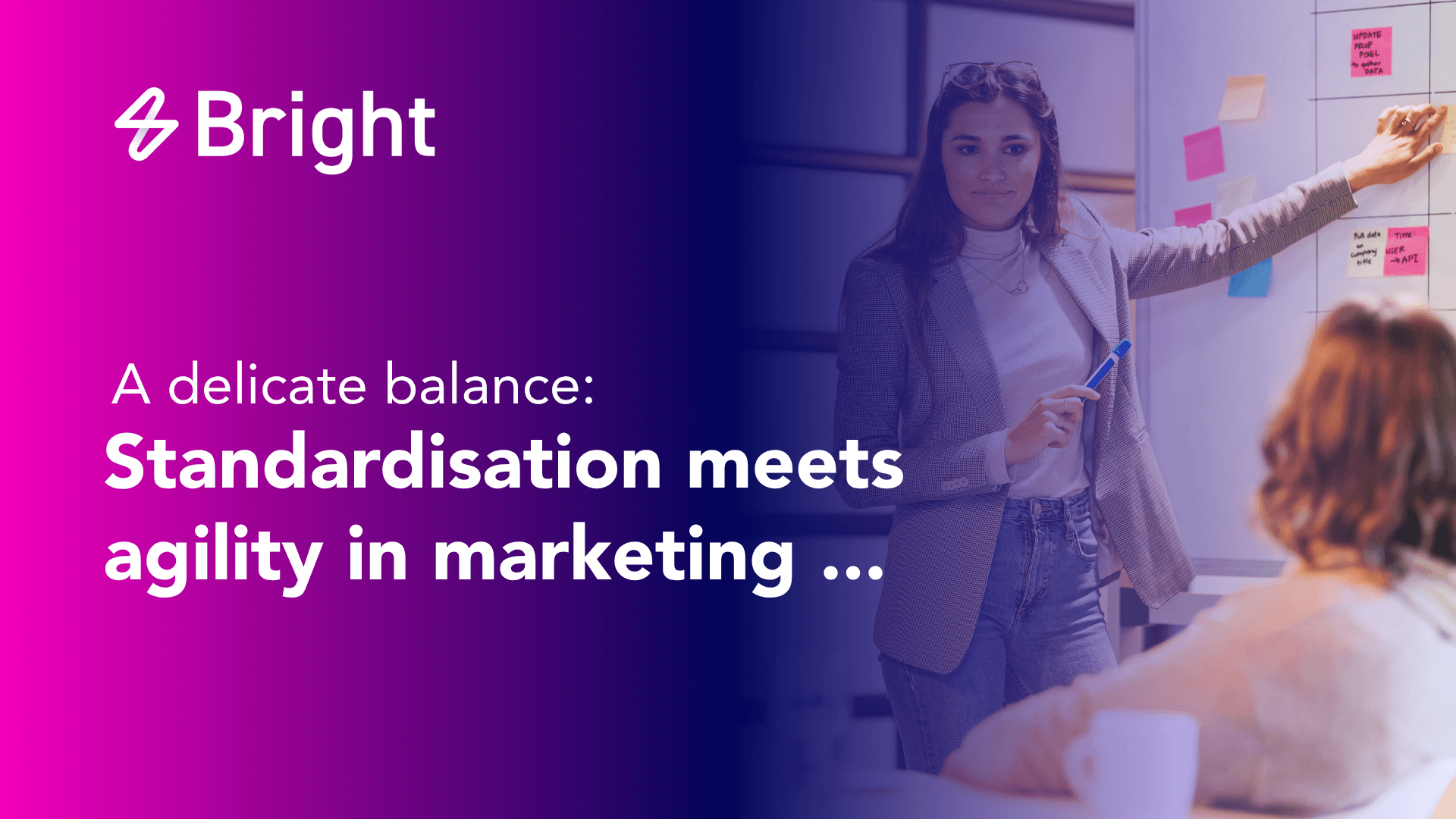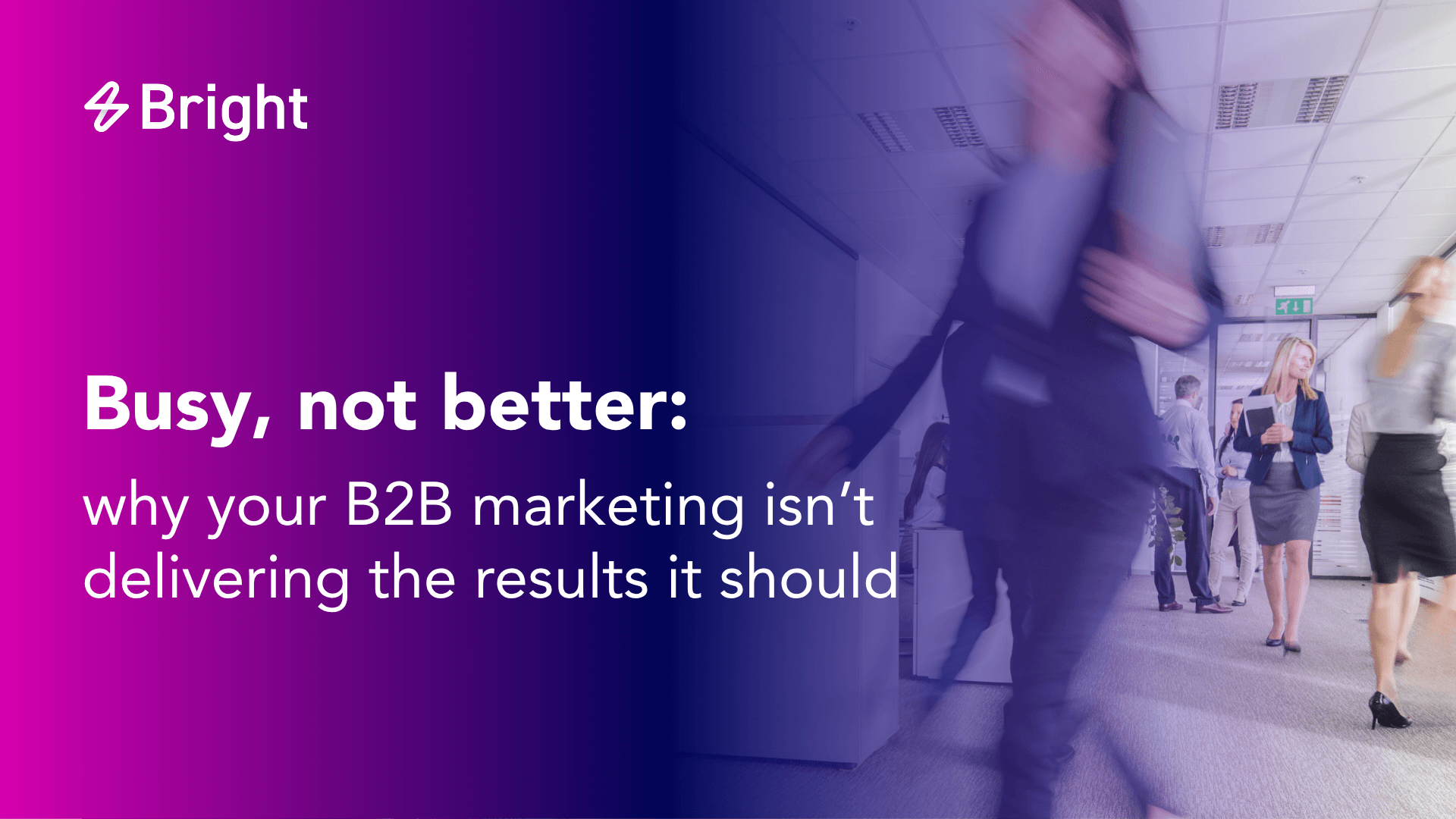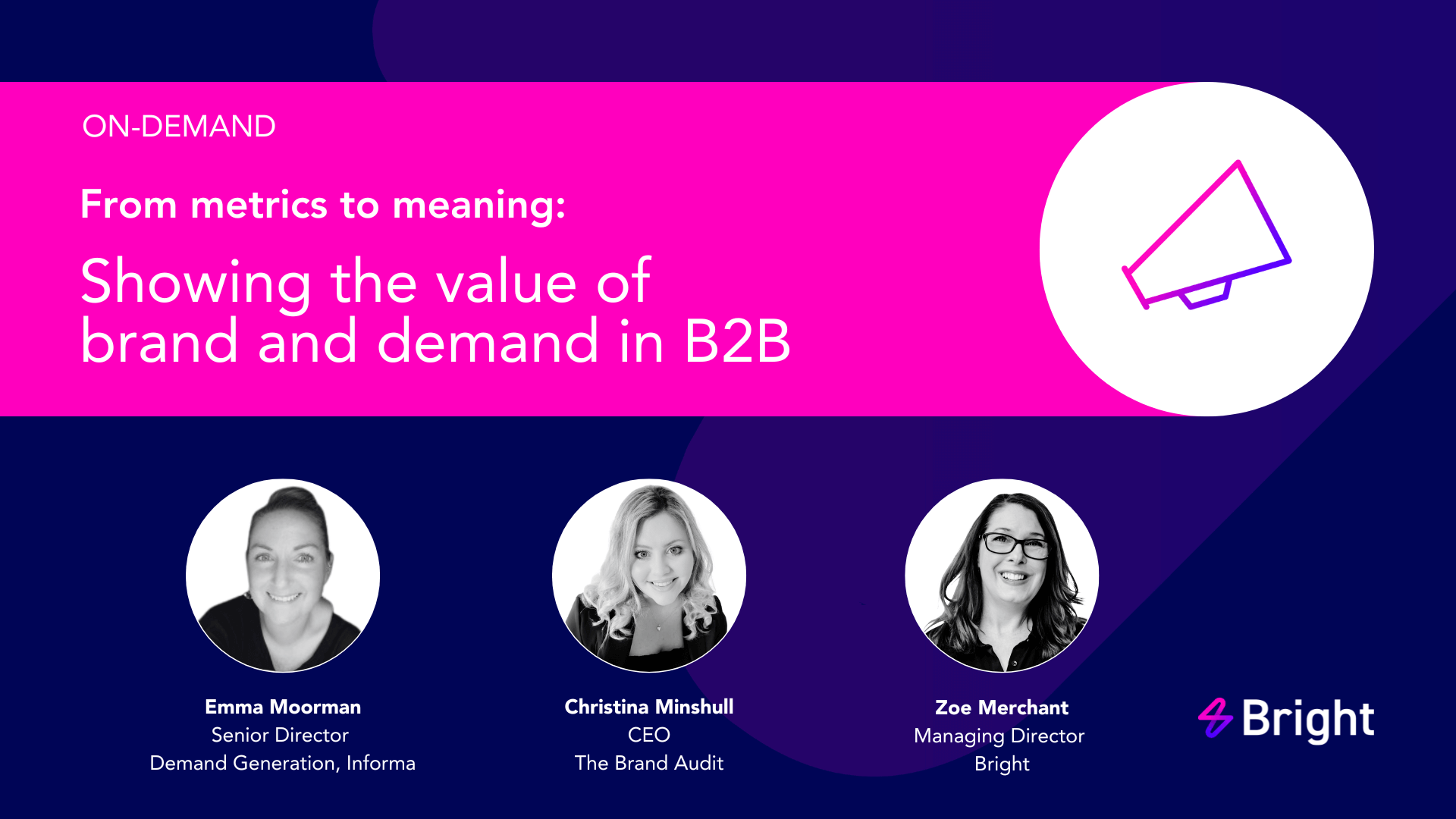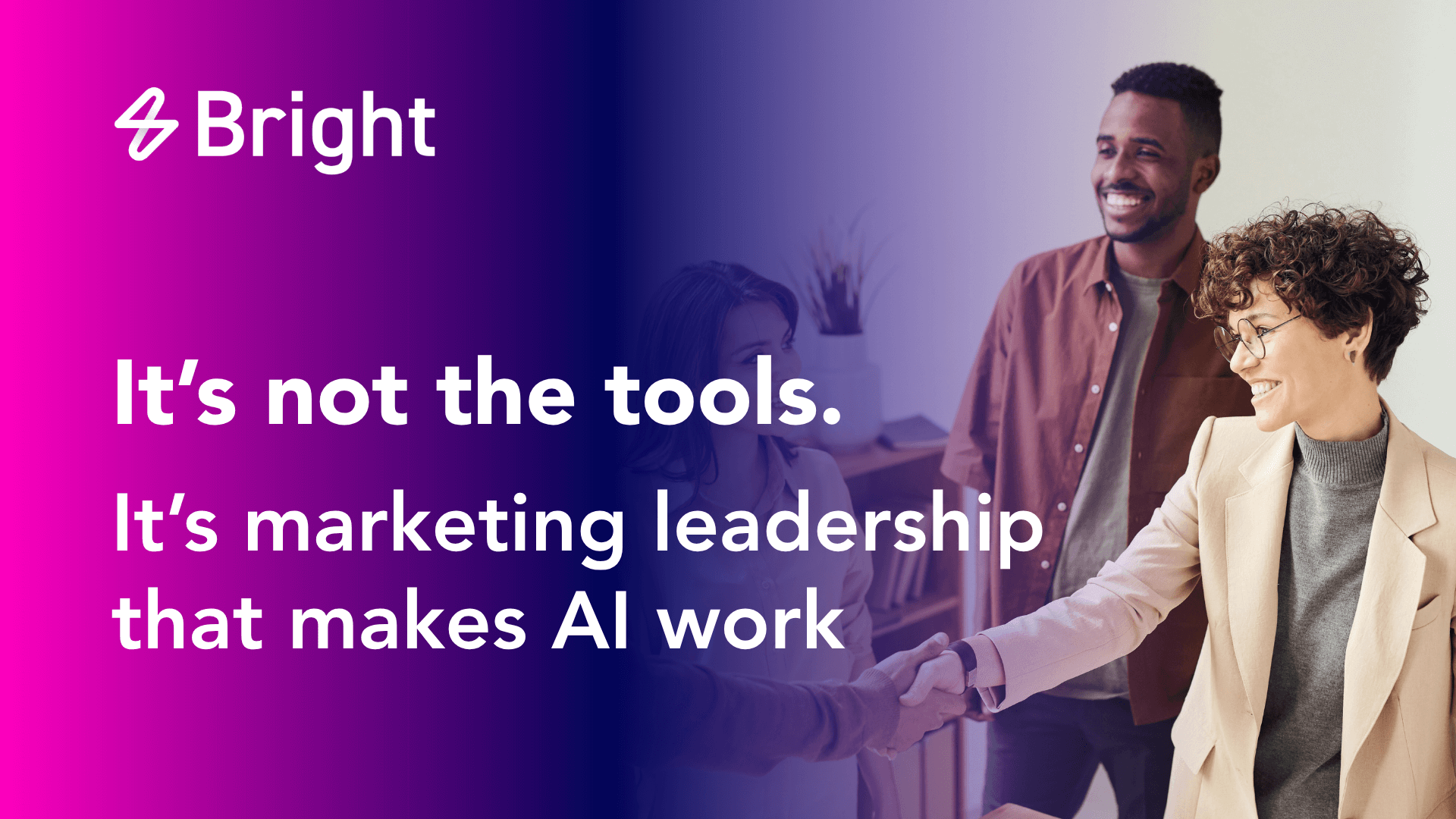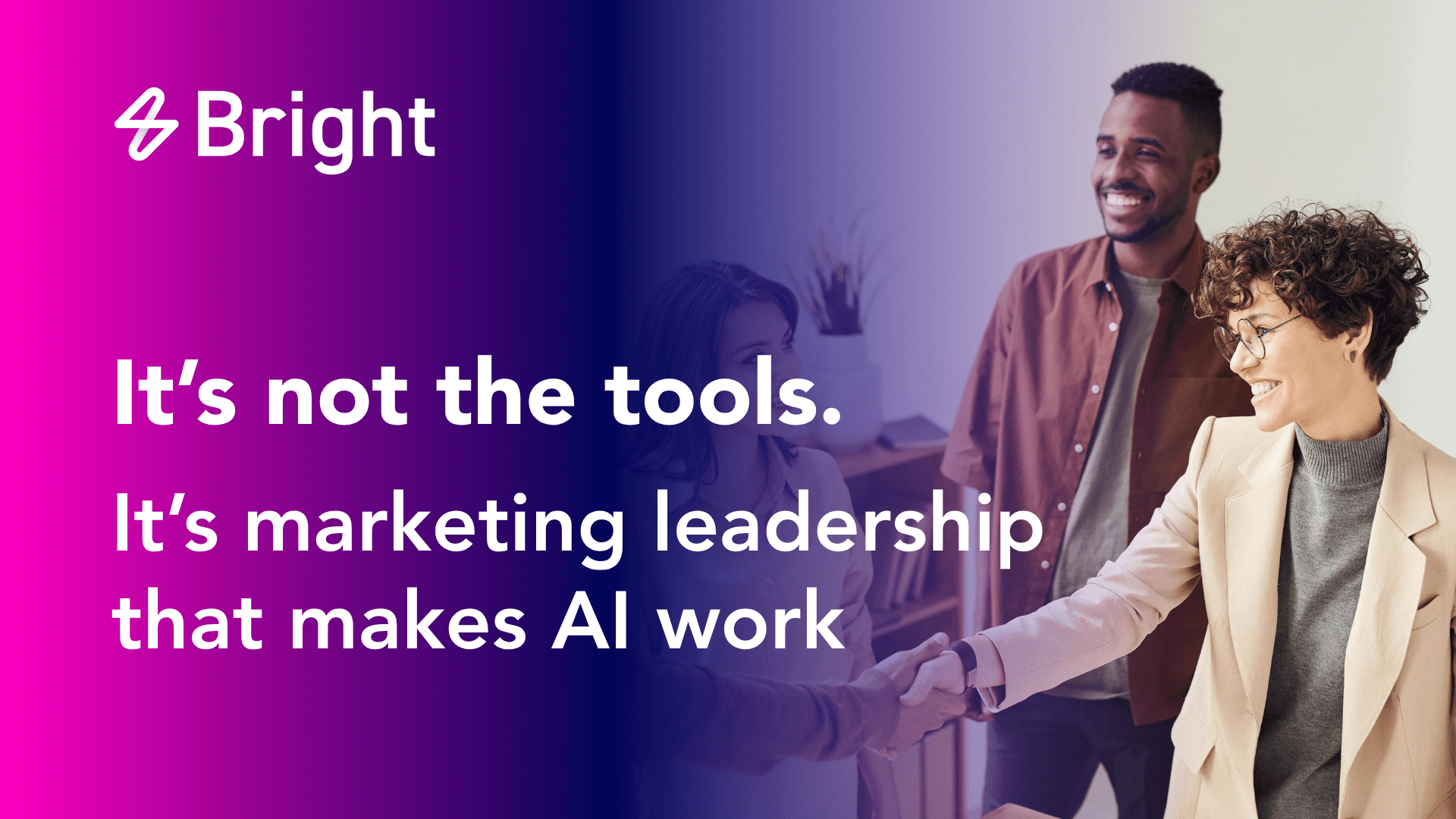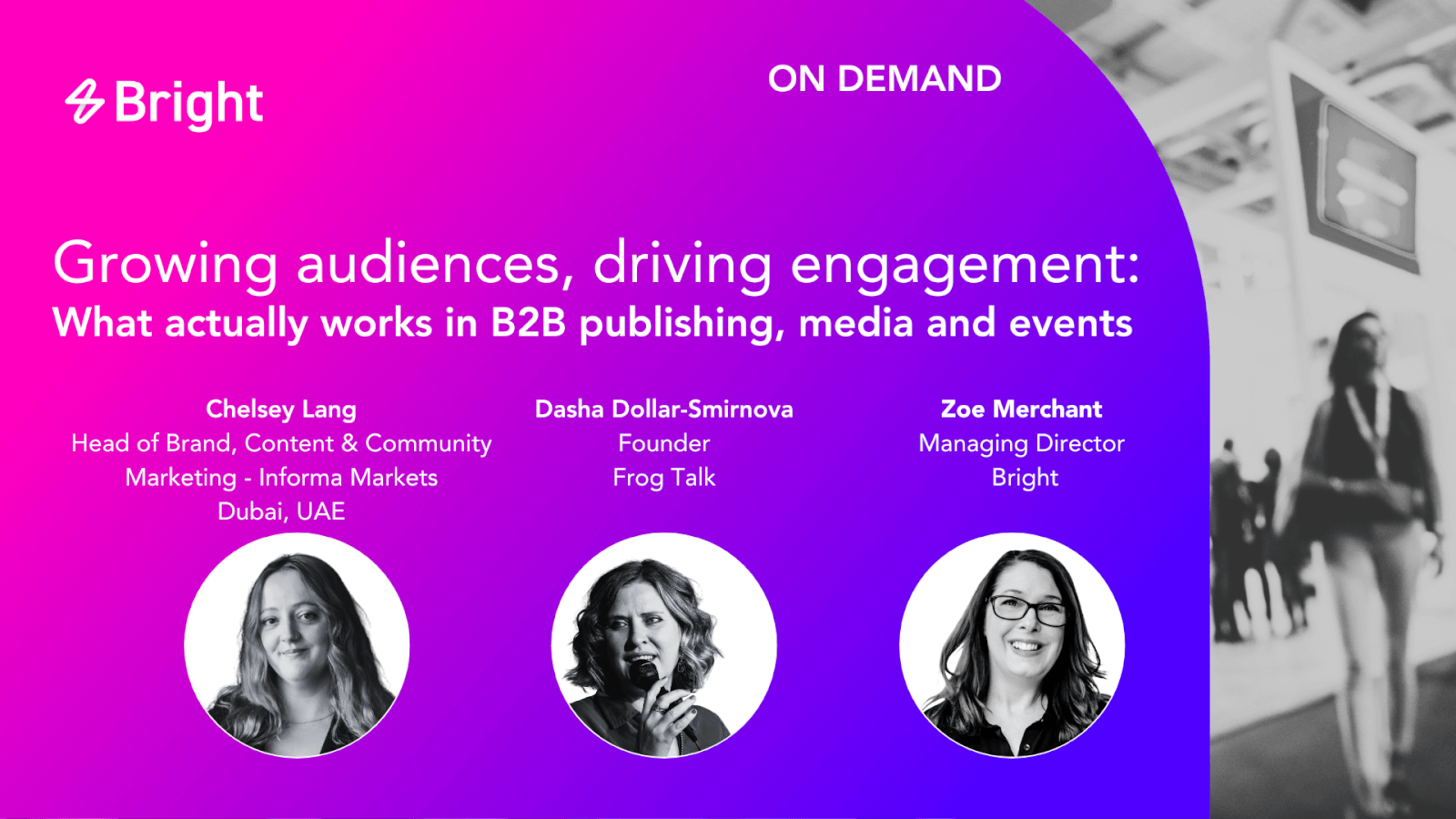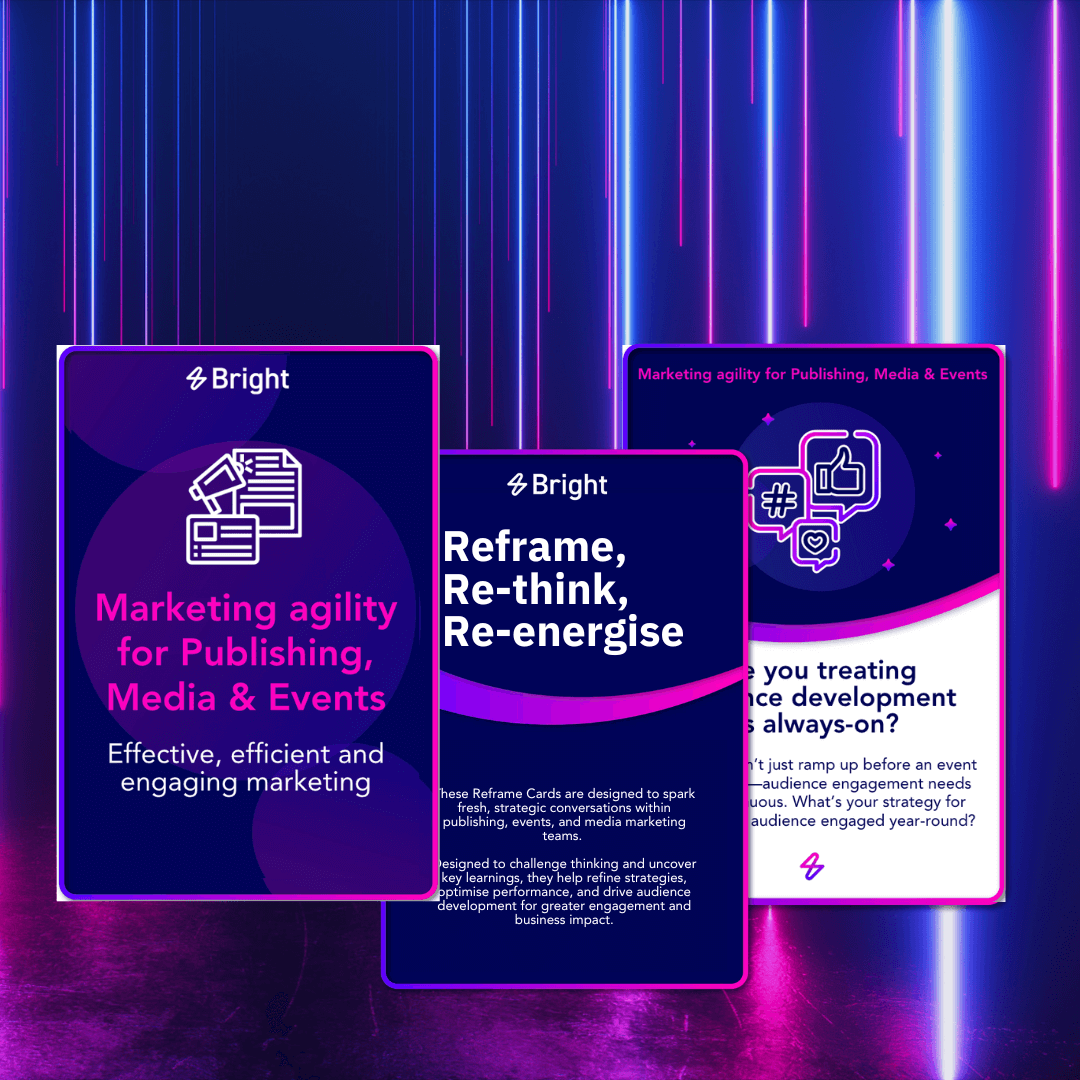At first glance, process standardisation and agile methodologies might seem like opposing forces in the world of marketing. Standardisation implies consistency and repetition, while agility suggests flexibility and rapid adaptation. However, in my years of experience as a marketer, I’ve discovered that these two approaches, when thoughtfully combined, create a powerful synergy that drives success.
Process standardisation provides a stable foundation and clear guardrails, enabling teams to be truly agile. By establishing consistent workflows and focusing on continual improvement and best practice, we free up the team’s mental bandwidth and release resources, allowing for quicker decision-making and more creative problem-solving in response to changing needs or market conditions. This paradoxical blend of structure and flexibility is at the heart of modern, high-performing marketing teams.
The agile paradox: Structure in flexibility
Consider the structure of a typical agile sprint. By establishing a consistent rhythm of planning, regular stand-ups, reviews, and retrospectives, teams create a predictable framework within which they can focus on aligning to the business goals and being more strategic and creative in the work to be done. This standardised approach to time management doesn’t constrain creativity, instead, it frees teams from the cognitive load of constantly reinventing their workflow.
Similarly, task templates for common marketing activities like campaign planning or content creation can be invaluable. These aren’t rigid scripts to be followed blindly, but repeatable and flexible starting points that bring together previous know-how across essential elements while allowing for customisation to meet specific client needs.
Prioritisation and efficiency gains
One of the most striking benefits I’ve observed from implementing standardised and repeatable workflow management processes is the dramatic increase in efficiency and clearer prioritisation to focus on work that contributes most towards the business goals. By eliminating the need to reinvent the wheel for every project, teams can work faster and more effectively. This doesn’t mean churning out cookie-cutter solutions or getting trapped in a rinse and repeat cycle, but shifts focus into creative energy and continually improving results.
A centralised knowledge base or hub has proven to be a game-changer for us. By documenting best practices, guidelines, and lessons learned, we’ve created a resource that allows team members to quickly access standardised approaches while continuously improving based on new insights. This not only speeds up work but also ensures a consistent level of quality across all our projects.
How to get started
Effective process standardisation in an agile marketing model is not without its challenges. I’ve seen teams fall into the trap of over-rigidity, creating processes so inflexible that they stifle creativity and prevent adaptation to meet changing business and market needs. The key is to remember that standardisation should provide a framework, not a straitjacket.
Another common pitfall is culture and mindset; resistance from team members who feel their autonomy is being limited can derail implementing a consistent approach. Addressing this requires a change communications approach and involvement in the process development and optimisation. When team members understand the ‘why’ behind standardised processes and have a hand in shaping them, buy-in becomes much easier to achieve. Don’t forget to celebrate the big and small wins along the way, as you develop processes, toolkits and templates there will be a lot of test and learn opportunities, share these moments as a team.
Client success stories
The true test of any process improvement and optimisation project, is its impact on business outcomes. I’m proud to say that our work and agile marketing methodology has yielded impressive results for our clients. For example, our agile marketing training programme helped to drive 123% increase in revenue for Informa Markets’ CPHI Europe event.
Our standardised project management framework has also been a hit with clients. Regular check-ins, progress reports, and clearly defined milestones keep projects on track and allow for timely adjustments. Clients appreciate the transparency and predictability this brings to our projects and campaigns.
Perhaps most importantly, our focus on standardised performance measurement has transformed the way we demonstrate value to clients. With established KPIs and reporting templates, we’re able to provide clear, data-driven insights that help clients understand their marketing performance and make informed decisions.
Fostering a culture of continuous improvement
The real magic happens when standardised processes become ingrained in the culture of a team or organisation. This doesn’t happen overnight, but with the right approach, it’s achievable. We’ve found success by involving team members in the development and refinement of workflows, providing comprehensive training and ongoing support, and encouraging regular feedback and suggestions for improvement.
Technology plays a crucial role in this integration. By leveraging workflow methods with project management and collaboration tools that support our standardised processes, we’ve made it easier for teams to follow established workflows without feeling burdened by them. It also allows greater opportunities to measure time– to– market, lead times, task completion and rework rates and overall pace. We can also measure the impact of greater agility through improved processes and prioritisation of tasks.
Celebrating successes has also been key to fostering adoption. When teams see tangible improvements in their work and receive recognition for effectively implementing standardised processes, it reinforces the value of these approaches and encourages continued buy-in.
The path forward
As we look to the future of B2B marketing, it’s clear that process standardisation and repeatability will continue to play a vital role. The challenge, and the opportunity, lies in striking the right balance between structure and flexibility, between efficiency and creativity.
By thoughtfully implementing standardised processes within an agile marketing framework, we’ve achieved a powerful synergy that not only optimises marketing operations but delivers tangible benefits to our clients.
As you embark on your own journey of process standardisation, remember that the goal is not to create rigid, immutable systems, but to establish a strong foundation that supports agility, creativity, and continuous improvement. With the right approach, standardised processes can become a catalyst for innovation and excellence in agile marketing.
In this ever-evolving landscape, the businesses that thrive will be those that can harness the power of standardisation without losing the spark of innovation. It’s a delicate balance, but one that, when achieved, can transform the way we work and the results we deliver.

